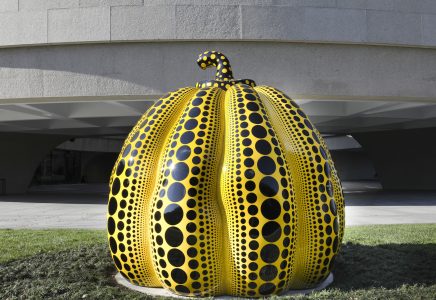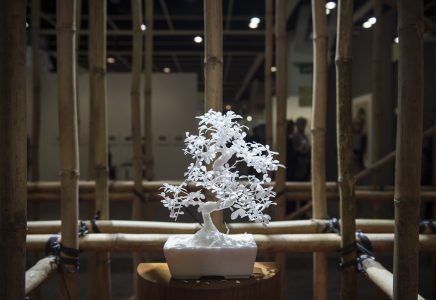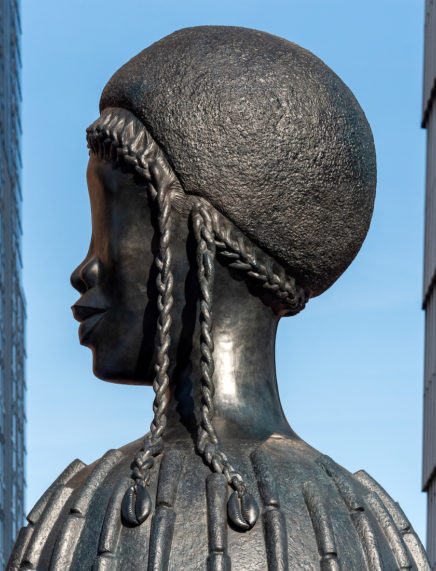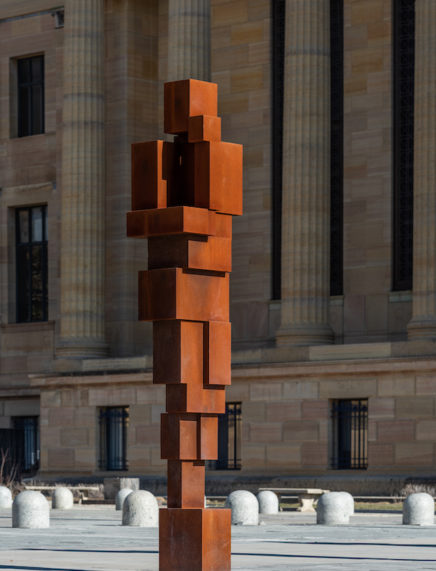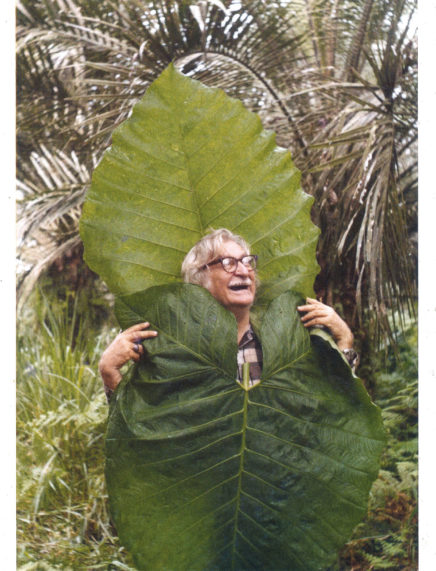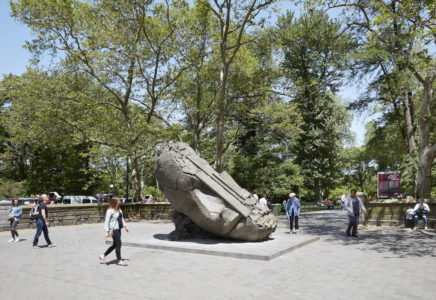The Harbour Arts Sculpture Park
In February 2018, the Harbour Arts Sculpture Park was inaugurated along the waterfront in Central Hong Kong. This project was the realisation of an original plan for the surrounding area, conceived by the founders of the Hong Kong Art Centre and finally inaugurated this year, as the organisation celebrates its fortieth anniversary. This inaugural exhibition was curated by Tim Marlow, artistic director at the Royal Academy of Arts, and Fumio Nanjo, director of Mori Art Museum and director of international programmes at Hong Kong Art School.
Harbour Arts Sculpture Park is the first project of this scale to take place in Hong Kong. With works by 19 renowned local and international contemporary artists from 7 different countries, it aimed to provide public art to rival similar contemporary sculpture parks around the world.
In addition to coinciding with the HKAC’s fortieth anniversary, Harbour Arts opened to overlap with the Hong Kong Art Month, working with public and private collaborators to cement Hong Kong’s position as a global arts player. One of the exhibition’s curator, Tim Marlow called this project a ‘museum without walls,’ which aimed to bring works by international artists who deserved a platform in this international city and enriching the cultural life of the public.
Although the park stretched across several different locations, in many places the works felt both cramped and many felt dwarfed in relation to the surrounding metropolis. Despite this placement issue, there were many works that stood out.
Pakastani-British artist, Rasheed Araeen’s Hong Kong Blues (2018), was clearly made as a new commission for this setting. Araeen’s work created a dialogue with its surrounding environment, echoing the aesthetic of the nearby commercial buildings in a vibrant blue, alluding to the skyline and possibly some of the sentiments experienced within these surrounding structures. The work was characteristic of Araeen’s practice, which relates to his history as an engineer, American Minimalism and his desire to make works that are universal.
Another iconic work was Pumpkin: big (2008) by Yayoi Kusama, which sat on the harbour front, recalling the placement of her first outdoor work on Naoshima Island in Japan from 1994 . Pumpkins first appeared in Kusama’s work in 1946 and were widely praised for integrating an example of ‘Nihonga’, the new, nationalistic style of traditional Japanese painting, which developed around the turn of the nineteenth century. Kusama has become renowned for her large, outdoor pumpkin sculptures that can be found at locations around the world.
Gimhongsok is an accomplished Korean painter, sculptor, performance and video artist. He often uses everyday materials to engage his audience in a dialogue about preconceived and conventional values found in both communities and art. In Bearlike Construction, the form is immediately recognizable as a teddy bear, but is assembled out of cast bronze garbage bags rather than the conventional materials. Gimhongsok originally designed this work with the intention of wittily echoing the piles of garbage bags found on street corners throughout New York City.
Nearby is a work by Tracey Emin entitled, A Moment Without You (2017). This bronze sculpture made up of long poles topped by birds was placed in Hong Kong as a tribute to her late friend Sir David Tang. This piece was a rework of Roman Standard (2013) – a work Emin made as a reinterpretation of the traditional and masculine symbols of power.
According to Hong Kong based artist Morgan Wong, his A Time Capsule of Some Day ‘prompts audiences to think about what could be of Hong Kong, someday’. This work is a development from his Time Needle series. It is composed of a piece of marble that resembles a commemorative stone, atop a tube that contains metal dust from a steel bar and has been shaped into the form of a needle. This work is based on an ongoing series by Wong based on a Chinese allegory of filing down a steel bar until a needle is made – a mediation on duration and determination.
Kacey Wong, a Hong Kong based artist, also features with a site-specific work. Asteroids and Comets is placed adjacent to the infamous ‘dark corner’ of the Umbrella Movement. For Wong, an activist in the movement, the site of his is politically and emotionally charged. Wong explained, ‘As I was installing this work, I was thinking about the dark corner and also in a way exploring the dark hole of the universe,’ alluding to the subject of his work. These linear structures invite participation and Wong encourages people to step inside and immerse themselves in astronomic constructions.
Speech Bubble Tree by American artist, Hank Willis Thomas, also draws attention to the emotionally charged potential of public space. His enlarged speech bubbles spell out the phrase “The Truth is I Love You,” in English on one side, and Chinese on the other, characterized by a universality that transcends cultural borders, his works intend to challenge the way traditional signage is depicted in metropolitan settings. Willis Thomas explained, ‘You could say its kind of sappy, but at the same time most of the signs we see in public spaces are either directions, or trying to direct us towards buying something, so I really like the idea of making something that is directed towards people, but trying to make them feel good and accepted in a public space.’
Many other iconic works by international artists featured as part of Harbour Arts Sculpture Park. In a city that currently lacks an ongoing public art experience at this scale, this initiative was an important step towards demonstrating the potential for public art across these sites in Hong Kong.
Harbour Arts Sculpture Park
From February 22th to April 11th 2018
Central and Western District Promenade, The Hong Kong Arts Centre, The Hong Kong Academy for Performing Arts, Western Garden, Edinburgh Place (Hong Kong)
